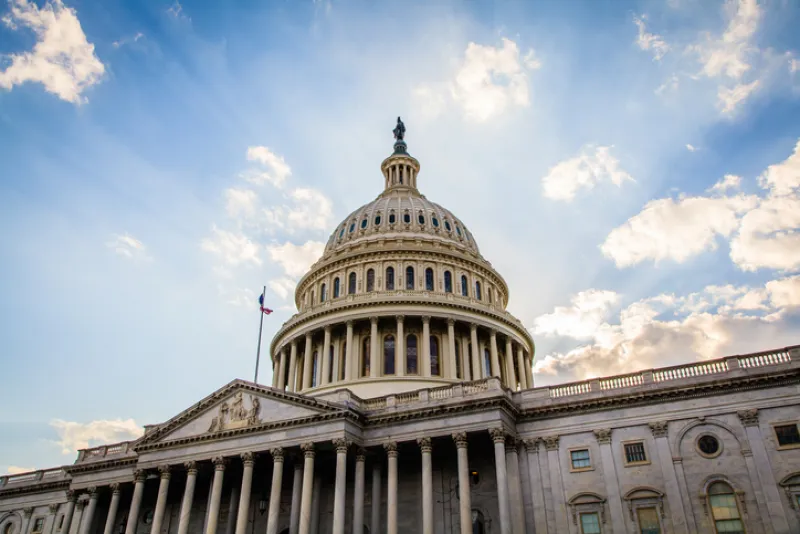Last week, the Senate version of the One Big Beautiful Bill Act emerged, with a few expected changes from the version that passed the House about a month ago.
Provisions like the attempt to defund the Consumer Financial Protection Bureau and shift food aid costs to states are out. But much remains intact — including tax measures targeting the investment income and gains of endowments and foundations.
On Monday, a version of the bill narrowly passed the Senate with several modifications to the one passed by the House earlier in the year. It will return to the House chamber for further debate. The proposal for how to tax endowments and foundations was dialed back slightly by the Senate, including an exemption for schools with less than 3,000 students, compared to the previous threshold of 500.
The proposed provision would overhaul the excise tax imposed on these organizations, significantly affecting some of the largest players and carrying direct consequences for both education and philanthropy. Taxes would now be assessed on a progressive sliding scale based on asset size, a substantial shift from the flat 1.39 percent currently levied on charitable foundations. For the largest university endowments — which have been in the administration’s crosshairs for months — the House bill meant the tax could climb as high as 21 percent, although the Senate version has capped that number at 8 percent on a sliding scale.
More than 3,000 foundations are expected to face increases, potentially raising as much as $385 billion in tax revenues over the next decade, according to a Morgan Stanley report. Nearly 65 percent of that would come from just 27 foundations with more than $1 billion in assets.
The tax measures appear to have bipartisan support, and assuming they survive in the final version of the bill, will have direct portfolio implications. As a result, endowments and foundations will need to become far more strategic and tax aware in how they invest.
Tax-efficient strategies aren’t new — but they haven’t traditionally been the domain of these institutions. That’s been the realm of family offices and high-net-worth individuals. As an executive at one small university endowment told II, “If we start being taxed, we need to be more savvy about our tax strategy — so we’re going to be acting more like family offices.” The executive added that it would have to reevaluate key parts of its strategy.
For example, “Hedge funds are not very tax-efficient. Private equity can be better,” the endowment executive said. Endowments may put more money into lower-turnover passive strategies. “If you’re not buying and selling, you’re not paying taxes.”
The exec added that increased taxes would drive different asset allocations and strategies, which would likely be to the detriment of students and faculty. “These endowments don’t exist for their own sake. People don’t get that the money we make goes to the students and faculty,” they said.
According to the Morgan Stanley report, institutions will increasingly focus on liquidity management and portfolio flexibility.
“Tax-mitigation techniques could include rebalancing portfolios toward more tax-efficient structures or products, such as tax-aware index strategies or private investments with deferred gains,” according to the report. “Some institutions may consider selling low-cost-basis positions to realize gains within the portfolio prior to the proposed tax changes.”
That could mean a greater emphasis on buyout funds, venture capital, and private credit — which tend to be more tax efficient — and less on public equities, hedge funds, or high-yield bonds.
Monica Guerra, investment strategist at Morgan Stanley and lead author of the report, said the proposed changes could also spur more interest in municipal bonds — an area where foundations and endowments typically have limited exposure. Even modest rebalancing within fixed income could shift institutional risk profiles, she said.
“You have to balance investing goals,” Guerra said. “And the trade-off between traditional fixed income and hedge funds or other alternatives is actually a nice dichotomy. One can help achieve upside in an uncertain economic environment, while the other helps directly address the new tax framework.”
So all eyes will be on the passage of this bill and what it might mean for the tax code of these two major players. Raising more for the tax purse is welcome, but there will be ramifications to the investment industry and how money is allocated.
Additional reporting by James Comtois. This story was updated to reflect changes made to the bill on July 1.







